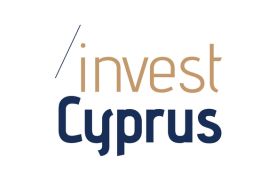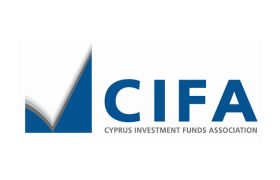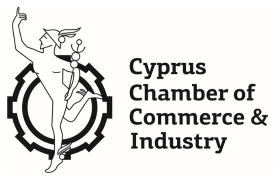Cyprus with a loss of €11 million, came top of the list of best performers with Luxembourg and Sweden.
The VAT Gap Index describes the overall difference between the expected VAT revenue and the amount actually collected. It has reduced somewhat compared to previous years but remains very high, highlighting once more the need for comprehensive reform of the EU VAT rules, as proposed in 2017 by the Commission, it said.
Cyprus’ VAT gap has closed from 5% in 2016 to less than 1% in 2017. In Greece the same rate was the second highest in the EU and actually widened in 2017 to 34%.
In absolute terms, the highest VAT Gap of around €33.5 billion was in Italy. The VAT Gap measures the effectiveness of VAT enforcement and compliance measures in each Member State as it provides an estimate of revenue loss due to fraud and evasion, tax avoidance, bankruptcies, financial insolvencies as well as miscalculations.
Romania recorded the largest national VAT gap with 36% of revenues going missing in 2017. Greece followed with 34% and Lithuania with 25%. The smallest gaps were recorded in Sweden, Luxembourg and Cyprus where only 1% of VAT revenues on average fell by the wayside.
According to the Commission, new rules would help clamp down on VAT fraud and improve the rules for legitimate businesses and traders.
Commissioner for Economic and Financial Affairs, Taxation and Customs, Pierre Moscovici said “the favourable economic climate and some short-term policy solutions put in place by the EU helped to lower the VAT Gap in 2017”.
“However, to achieve more meaningful progress we will need to see a thorough reform of the VAT system to make it more fraud-proof,” he said. “Our proposals to introduce a definitive and business-friendly VAT system remain on the table. Member States cannot afford to stand by while billions are lost to illegal VAT carousel fraud and inconsistencies in the system.”
Source: Cyprus Mail













